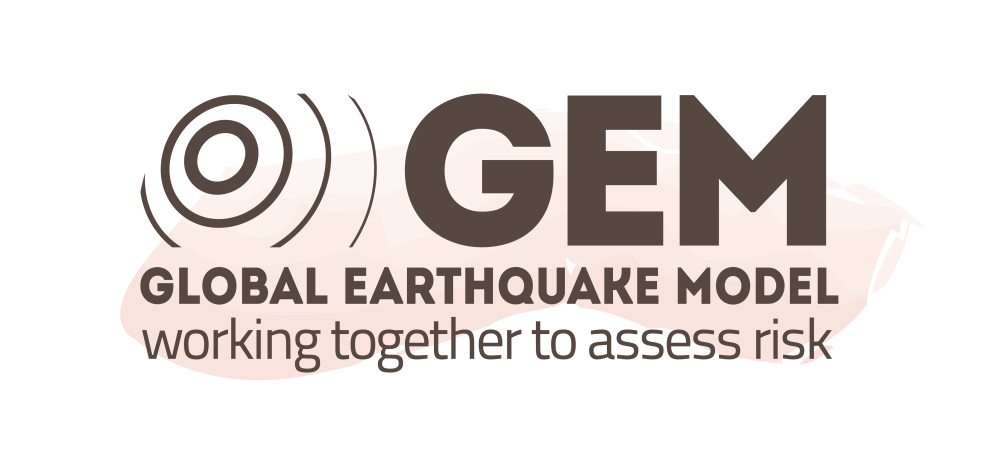
More and easy-to-use open-source models have the potential to reduce the costs of running climate change analyses, can increase innovation, the use of cat models, and raise awareness of the risks, for the benefit of policyholders, the insurance industry, and the supervisory community.
Why do we need open-source tools?
Data and models on climate-related risks are crucial to improve the accuracy of climate risk assessment.
However, tools enabling modelling are not easily available on the market.
In its application guidance on running climate change materiality assessment and using climate change scenarios in the ORSA, EIOPA clearly depicted the availability of tools to be one major challenge SMEs will face when doing such exercise.
More tools and data are currently available or being developed. But it is still challenging to get access to the right tools or data. Cost and user-friendliness of such tools are one of the main hurdles that companies face.
EIOPA believes that easy-to-use open-source tools would be extremely beneficial and wishes to support the development of open-source models.
More and easy-to-use open-source models have the potential to reduce the costs of running climate change analyses, can increase innovation, the use of cat models, and raise awareness of the risks.
Ultimately, this could bring benefits to policyholders as well as to the insurance industry, and to the supervisory community.
CLIMADA-App: a case study supported by EIOPA
What is CLIMADA-App?
The CLIMADA-app is an open-source modelling tool which uses a user interface built by EIOPA and the open-source cat model CLIMADA.
EIOPA started this initiative as a case study to encourage further developments and to support stakeholders in starting cat modelling in an easy way.
It is in line with EIOPA’s efforts to build a bridge between the latest development in climate science and the insurance industry/supervisors.

How to use CLIMADA-app?
The user interface is a free software. Users can download it free of costs, use it, share it and even modify it.
The source code is also available.
The CLIMADA-app is a desktop application. It has been tested for Windows.
The installation and use of the user interface is done at the user’s discretion and risk.
Fill out this form to receive your CLIMADA-App and the source code
Bug fixes
The CLIMADA App has a bug "No module named 'shapely.io'" when selecting the exposure data.
To solve this, please follow the steps below:
- download and unzip the following handlers.
- copy the file “handlers.py” to application folder path “resources\util”
- Remove from application path “resources\data\exposures” all *.hdf5 files
- Finally, launch Climada.
Usage terms
The user agrees to be solely responsibility for any damage to the computer system, loss of data or any other damage resulting from installation or use of the software. EIOPA shall not be responsible or liable for any damages arising in connection with downloading, installation, modifying or any other use of the software. EIOPA shall assume no responsibility for the underlying model, hazard data, vulnerability data, exposure data, any errors or other mistakes or inaccuracies in the software, in the results produced by the software or in the related documentation.
EIOPA can not guarantee compatibility with future versions of CLIMADA.
License
Copyright (C) 2017 ETH Zurich, CLIMADA contributors listed in AUTHORS. CLIMADA is free software: you can redistribute it and/or modify it under the terms of the GNU General Public License Version 3, 29 June 2007 as published by the Free Software Foundation, https://www.gnu.org/licenses/gpl-3.0.html. CLIMADA is distributed in the hope that it will be useful, but WITHOUT ANY WARRANTY; without even the implied warranty of MERCHANTABILITY or FITNESS FOR A PARTICULAR PURPOSE. See the GNU General Public License for more details: https://www.gnu.org/licenses/gpl-3.0.html.
Other initiatives promoting open-source approaches
Recently, the cat modelling industry — like many other data-driven industries — has seen a push towards open-source data and industry-wide collaboration.
We mention here below a non-exhaustive list of such initiatives.

The OpenQuake Engine is the Global Earthquake Model Foundation’s (GEM) state-of-the-art, open-source software collaboratively developed for earthquake hazard and risk modelling.

The Risk Modelling Steering Group (RMSG) is dedicated to improving global understanding and quantification of natural hazards and disaster risk through the use, development and sharing of the re/insurance sector’s risk analytics capability.

The Climate Impact Explorer developed by the Network for Greening the Financial System (NGFS) provides first-hand access to projections of physical climate risks at the national and subnational level. Scenario and warming level dependent impacts are provided for chronic and acute climate changes, as well as direct damages for selected sectors.

An open-source catastrophe modelling platform, free to use by anyone.

Risk Data Hub is a web platform of European wide risk data and methodologies for Disaster Risk Assessment.